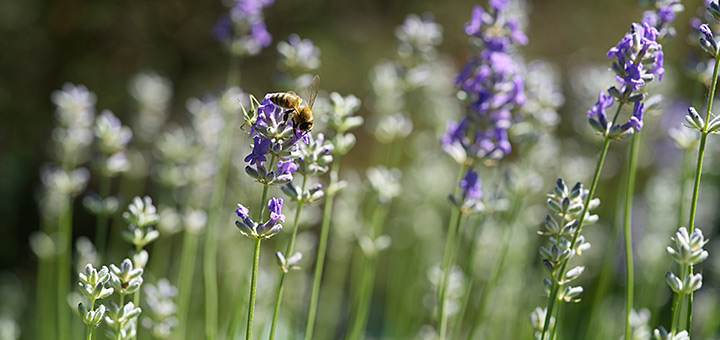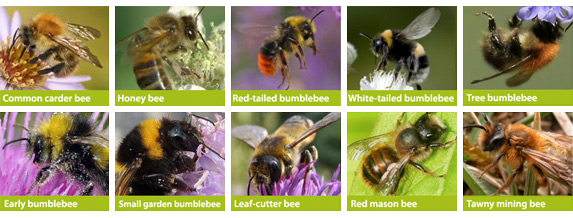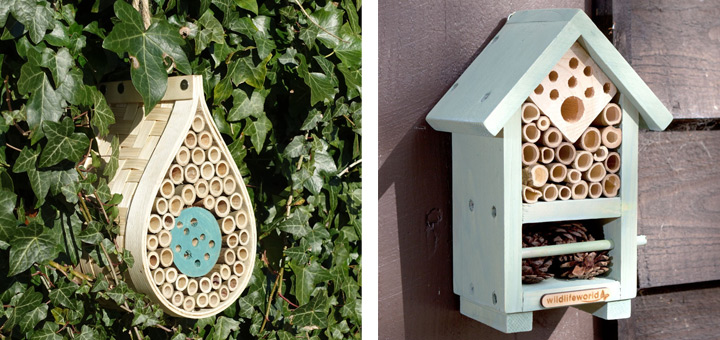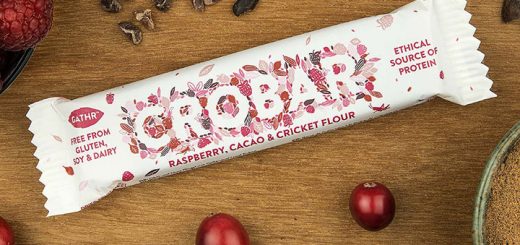
Don’t Step on a Bee Day!
Yep, that’s a real thing! ‘Don’t Step on a Bee Day‘ aims to raise awareness of our native bees and how much we depend on them. We actually have hundreds of types of bees in the British Isles, and they’re in decline. Read on for tips to help our little friends and check out our Bee Friendly tag for great product ideas too!
Many years ago when I was just 5, apparently I ‘screamed the whole of Newcastle down‘ (my neighbour’s words!) after I very sadly stepped on a bumblebee. I was heading to the paddling pool in the garden and my big toe met an unfortunate bee in the grass. It’s the only time I’ve ever been stung and I still watch out for my little bee friends to this day – to save them, not me!

Did you know?
A single bee tends to at least 2,000 flowers daily, with their tiny wings beating 10,000 times per minute. They’re amazing to watch, and I’ve spent many hours lying in grass photographing the fuzzy little creatures!
Bees are essential for our food supplies (and even cotton!), and are the world’s most important pollinator.
Bees, and some that we might mistake for wasps, are a lot more varied than most people think and some are actually pretty rare. I wasn’t aware of just how many we have in the UK until I happened upon a ‘Bee Day’ at a stately home garden one day, and ended up identifying over 10 different types.
Did you know that bees sometimes live on their own? Or that they sometimes get mistaken for wasps?
There are two distinct types of bee – social bees and solitary bees. Social bees are the ones we usually think of, living in hives of up to 50,000 with a ‘queen bee’. Solitary bees live in burrows underground, in quarry faces, or in wood or masonry. There are actually several hundred different types of bee in the British Isles and some other insects like hoverflies, hornet moths mimic the colours of bees.
Download a bumblebee spotting sheet from the Wildlife Trust (PDF) ›

Tips to help our bees
Plant wildflowers – bee friendly seeds plant flowers that attract bees, butterflies and other beneficial insects to your garden, providing much needed sources of food for them. The loss of gardens, flowerbeds and meadows has been detrimental to them.
Leave the dandelions – they are great sources of pollen and nectar for bees and other pollinators. Leave some dandelion heads intact until they’re done flowering, before removing the weeds (without weedkiller) if you want rid of them.
Give a bee a home – we have Bee & Bug homes perfect for providing a safe place in your garden. This in turn helps your flowers and makes for a gorgeous garden!
Leave a ‘messy’ area in the garden – Provide good nesting habitat by preserving a small brush pile, areas with dry grasses and reeds, and dead wood. A muddy area will provide essential nesting material for mason bees.
Bees get thirsty – but they can often drown if there’s no easy way to get out. You can easily make them a ‘bee waterer‘ safe area to drink, using marbles, stones or glass beads to provide a spot to land. If you have a pond or bird bath, make sure there are stones or plants that bees and other creatures can use to easily climb out.
Bees get tired – you might find a seemingly inactive or ‘dead’ bee on a pavement (I’ve seen a few in summer and moved them to safety) but they can be exhausted. The RSPB recommends making them some simple sugar water – 2 tablespoons of white granulated sugar and 1 tablespoon of water – in a small container such as an egg cup, to give them an energy boost.
Don’t use pesticides – many studies have linked them to the decline of bees. An organic garden helps so many species and is better for us too!
Don’t kill them! I know many people are scared of wasps and bees, but they genuinely don’t do you any harm unless they’re under threat. Plus, many people mistake other species for wasps and end up killing something else. They’re all part of our ecosystem and necessary for food or survival of another species, so let’s live together and help bees out a bit.



